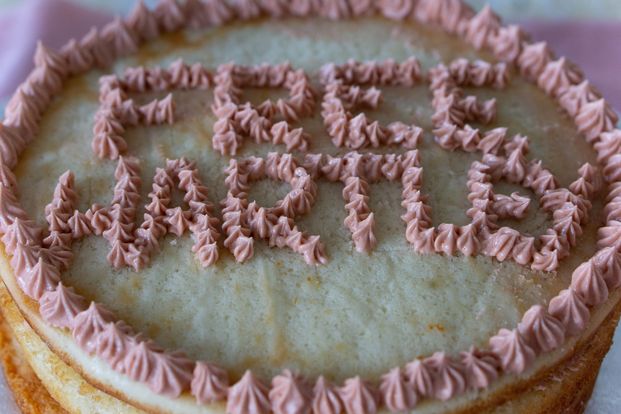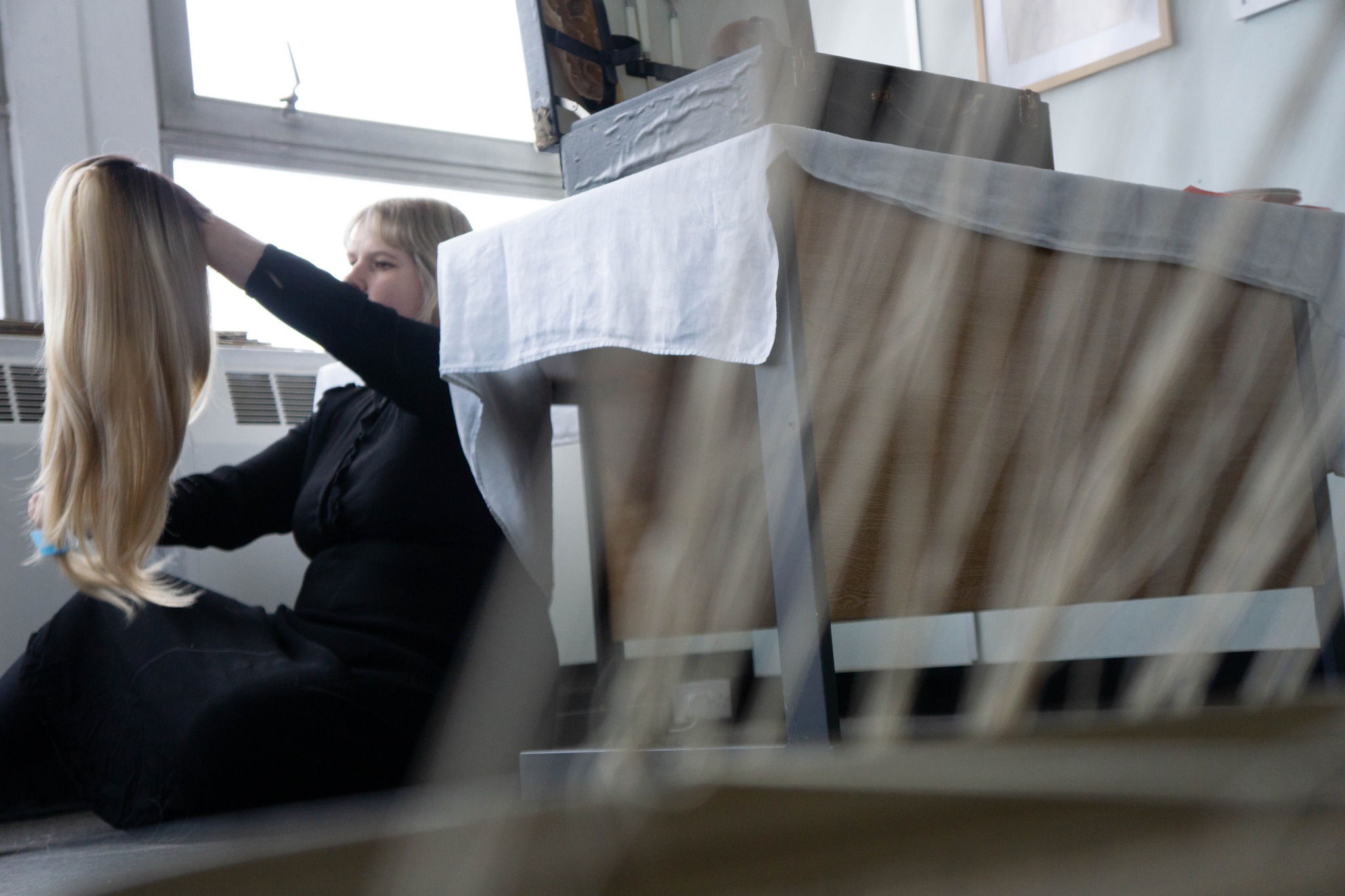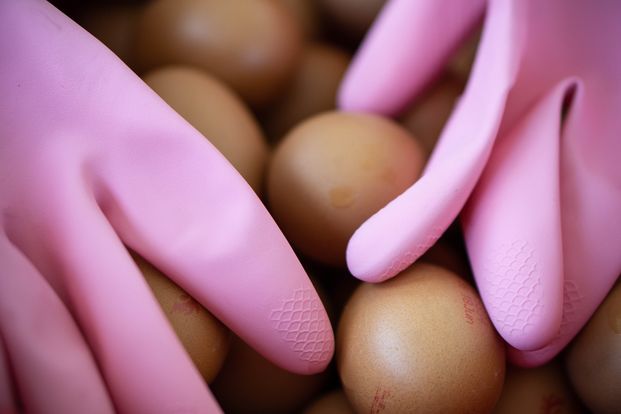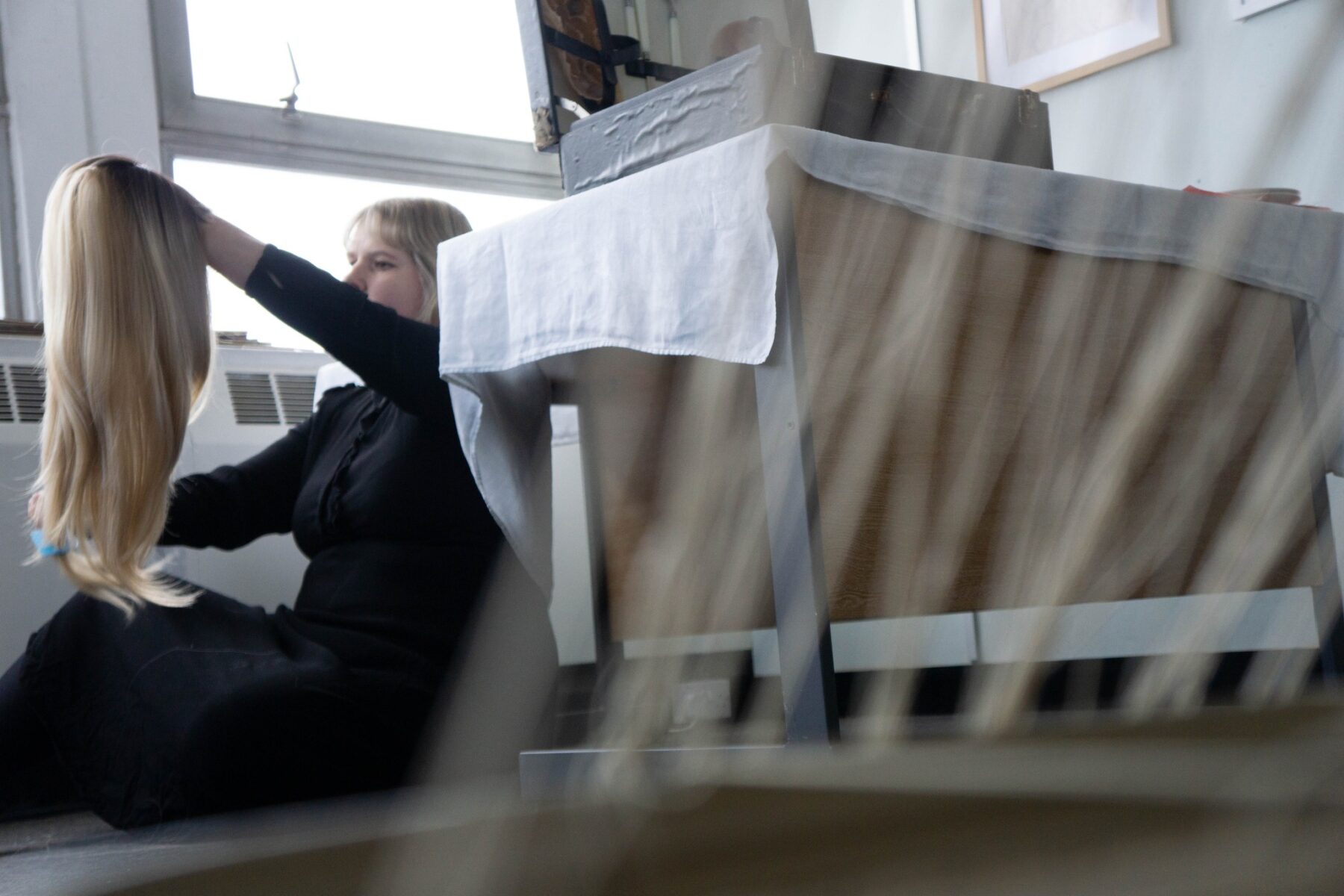‘… a melancholy sea as I remember it. A tideless sea. I can recall, as a child, seeing pictures in English children’s books of boys and girls playing on the sand and making sandcastles- and I tried to play on my sand. But a Mediterranean beach is not a place for playing on. It is dirty and very dry. The tides never wash the sand or make it firm. When I tried to make a sandcastle, the sand would just run between my fingers. It was too dry to hold together. And even if I poured sea water over it, the sun would dry it up at once.
The speech caught Bleyard’s attention. He stopped eating and looked at Miss Carter. For a moment he looked as if he might speak. Then he decided not to and went on eating. ‘
From The Sandcastle by Iris Murdoch
PREFACE
What to do now we’ve made a sandcastle?
Stick a flag in it and mark our territory?
Sunbathe and wait for the sea to wash it away?
Wait for someone to bomb it?
Add to it?
Reflect on why it has taken so long to make it in the first place?
Revel in the transformative moment?
Worry that it was wonky and not the shape intended?
Certainly not map every grain of sand to make it again.
That would be unnecessary.
The memory is now stored.

I have been invited to write a piece reflecting on my stay at the Art Hotel and the work I made which culminated in my event ‘Free Hartley’ on the 1st June 2023. This event saw me bringing the differing and evolving elements of my practice together for the first time. Like my work this writing is non linear and you will need to be invested in connecting the dots.
Working with two fictional characters that mark the temporal polarities of my maternal relationship I weaved quite a complex embodied narrative using drawing, sculpture, performance, film and food. The work was set in ‘The Art Hotel’ and invited connotations of impermanence as a container.
Accessing the work was not dependent on any prior knowledge of Jessica6 (from the 1970’s TV series Logan’s Run watched by my mother in her third trimester) or Mary Hartley Fitch (from ‘The Sea, The Sea’ by Iris Murdoch, the book I was reading when my mother died in traumatic and complicated circumstances.)
Mary Hartley Fitch in ‘The Sea, The Sea’ is at one point imprisoned in the Inner Room of Shruff End by Charles Arrowby. However even if she escapes she will also be imprisoned at Nibletts by her abusive husband. Setting her free was a symbolic act and an attempt to counter the inequalities of patriarchy – as well as transform the trauma I have suffered in it.
Jessica6 is a runner – she leaves a ‘Utopia’ that she questions the merits of in search of sanctuary. She is clever, agile, beautiful and symbolizes my mother’s wishes for me. These characters have been my fictional collaborators- flanking me while we visited trauma in the both lived experience of the maternal and in maternal loss. Bringing polar characteristics of enlivened mobile agency, isolated depression and paralysis within patriarchy they symbolize a layered and multifaceted maternal experience. Together our aim has been to contemplate these experiences using both the cultural resources of the text and TV show and memory.
The work explores the intersection of creative practice and trauma and the possibility of trauma transformation. It also interrogates overly simplified representations of maternal experience.
TRAUMA TRANSFORMERS WITHIN THE WORK
‘ Memory is always reinvented but with a story full of holes it’s as if there is no story left. What to do then? Try to fill the holes- I would say even this hole – with an imagination fed on everything one can find, the left and the right and the middle hole. One attempts to create one’s own imaginary truth. ‘
Chantal Akerman
‘Exiles are the toxic waste dump of the system. Because they hold the memories, sensations, beliefs, and emotions associated with trauma, it is hazardous to release them….Keeping those exiles locked up, however, stamps out not only memories and emotions but also the parts that hold them – the parts that were hurt the most by the trauma…’Usually those are your most sensitive, creative, intimacy- loving, lively, playful and innocent parts’ The Body Keeps the Score – Mind, Brain and Body in the Transformation of Trauma
Bessel Van Der Kolk
When my mother died my Grandmother lost all her hair on her head and body in the following few months. When the body goes into shock the hair follicle can change sufficiently to cause this. It never grew back and was a symptom that compounded her ongoing depression and served as a visual marker of her grief. Hair – particularly blonde hair is a symbol of femininity – she lost lived motherhood and her femininity in one traumatic swoop.

During ‘Free Hartley’ a blonde Jessica6 wig was integral. A combing action that altered over the performance in rhythm and pace was a key part of the work. In this embodied action I was very focused on considering this memory and particularly how containing my Grandmother’s grief had impacted mine. I fantasized I could call on Jessica6 and her strong sense of agency to release what had been exiled in me. The combing often brought a real sense of catharsis and release. I have reflected on the way we collectively process trauma (or not) and how designing performative embodied ritual and ceremony could be beneficial in a wider context.
Some elements of the story of my work feel challenging to voice in patriarchy and have on occasion rendered me quite vulnerable due to the denigration of the feminine in culture. I have followed an intuitive thread that has never failed me however I have experienced a difficulty in articulating some of my experiences largely because of the prizing of ‘logic’ in society.
‘The first step to healing is the refusal to keep minimizing the impact that neglect and denigration of the feminine has in our own lives and the world at large. For individuals, this may look like reclaiming those aspects which are missing from the Good Mother: our disagreeability, our impatience, our anger, our isolation, our desperation for support. In these places live a hidden power that, if wielded consciously, can become an ally instead of a destructive impulse.’
Toko-pa Turner- Belonging – Remembering Ourselves Home
Part of my attempts to qualify my work and experiences led me to the work of Bracha. L. Ettinger who I had some experience of reading when I studied under Griselda Pollock. The complex ideas are very difficult to access but the basis of it starts to talk about subjectivity forming in the womb in late pregnancy in relation to the mother rather than at the point of severance – birth. I have played with this idea imagining Jessica6 as an external force who represents my mother’s desires for her daughter and who becomes internalized as a type of maternal lineage healing hero.
These are playful interventions using a theory as a vehicle to expand my practice and self.
Jessica6 was symbolically present in many ways at the ‘Free Hartley’ event but a key way was through the pink healing silk that I acquired last year when I was thinking about her pink dress which is a significant part of her identity in the TV series. I worked with this silk performatively with Jodie Hawkes and Poppy Jackson during my DYCP [Developing Your Creative Practice is an Arts Council England artist development funding programme] and I invested it with great healing power.
It was one of the themes that connected me strongly to the work of Georgina Starr who uses ‘Pink Ursula Material’ in her film Quarantaine. The ‘Pink Ursula Material ‘holds much fascination for myself representing the oozing brain residue of a martyred virgin-St Ursula. It has the ability to take the women in the film on a ‘celestial journey’. It seems to be the ultimate trauma transformer.

‘Lying on my back
Using two knives I pick out the egg shell bit by bit.
Whilst being serenaded with Ronan Keating cradled in the pink silk they smashing on the
exact line
‘You’ll catch me wherever I fall’
Knives like my mum used to scrape of the Artex and unknowingly fill our home with
asbestos.
With each piece I read a line of my Grandad’s diary
Date- Meter Reading- Weather
When it gets to the gap of my mum’s death.
I think about her fractured skull.
My body holds the stress as I twist.
The struggle of solo caring single motherhood.
No breaks.
Fragments.
I have no container.
I am the container.
Just before I was walking around the room laughing with the eggs precariously balanced
on a suitcase.
Under table.
Feeling heroic.
I don’t know if our tenancy will be renewed in July.
I can’t shut the suitcase.
Like when my waters broke and were full of shit.
No longer purify your narrative to fit in.
You didn’t need to sprinkle that icing sugar on it. ‘
April 2022 –written after performative actions with Jodie Hawkes
I want to thank Coventry Artspace for all their support during my residency. I am so grateful for the chance to finally build my sandcastle.
Jessica Timmis is an Artist, A Visiting Lecturer at Coventry University and an HCPC registered Art Psychotherapist. She gained Arts Council DYCP Funding in 2022 to explore performative elements within her practice. She also runs Experimental Creative Workshops that are ‘Not Therapy, Not Performance, Not yet Utopian.

